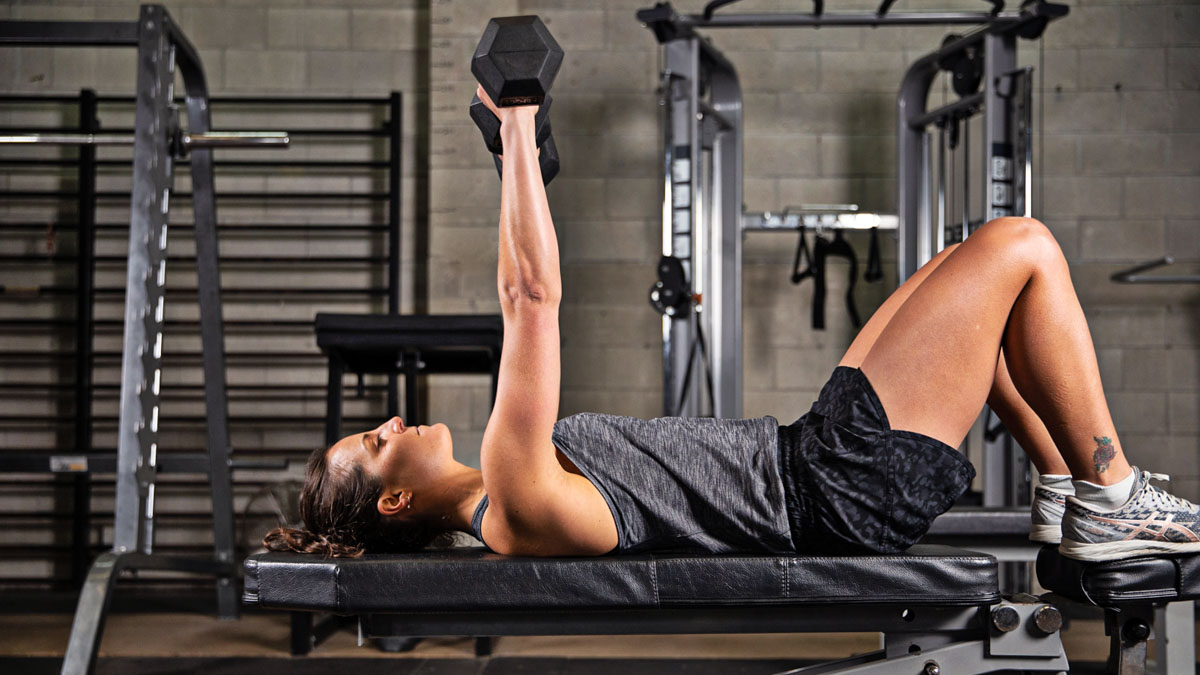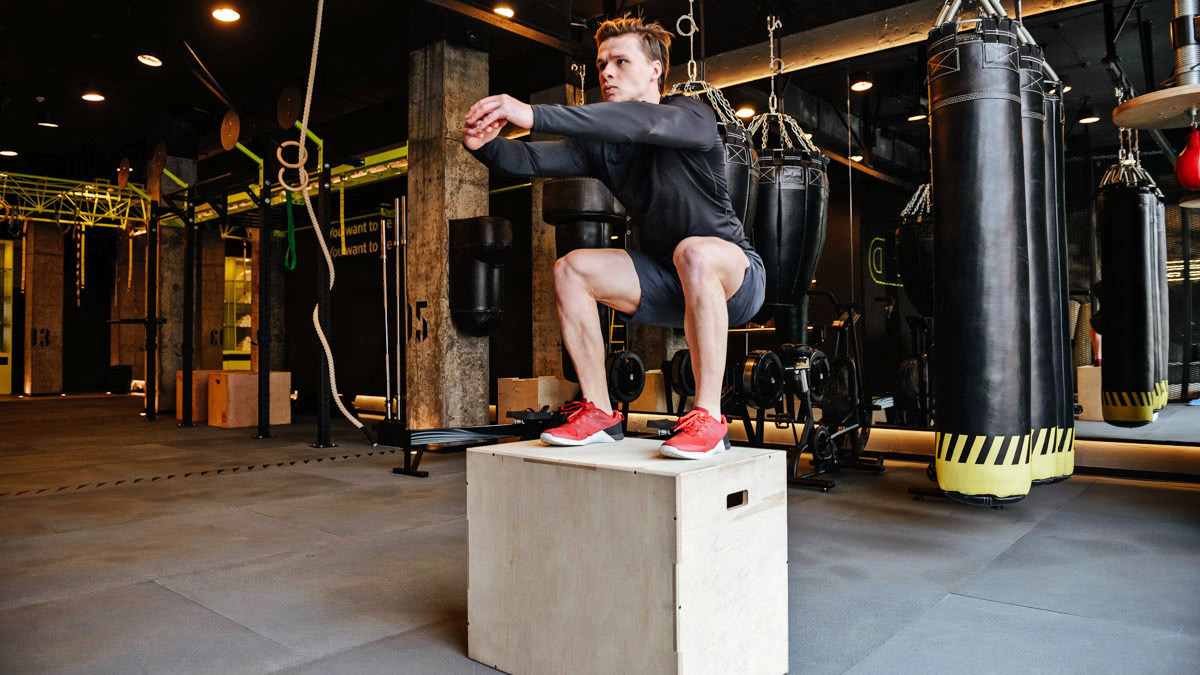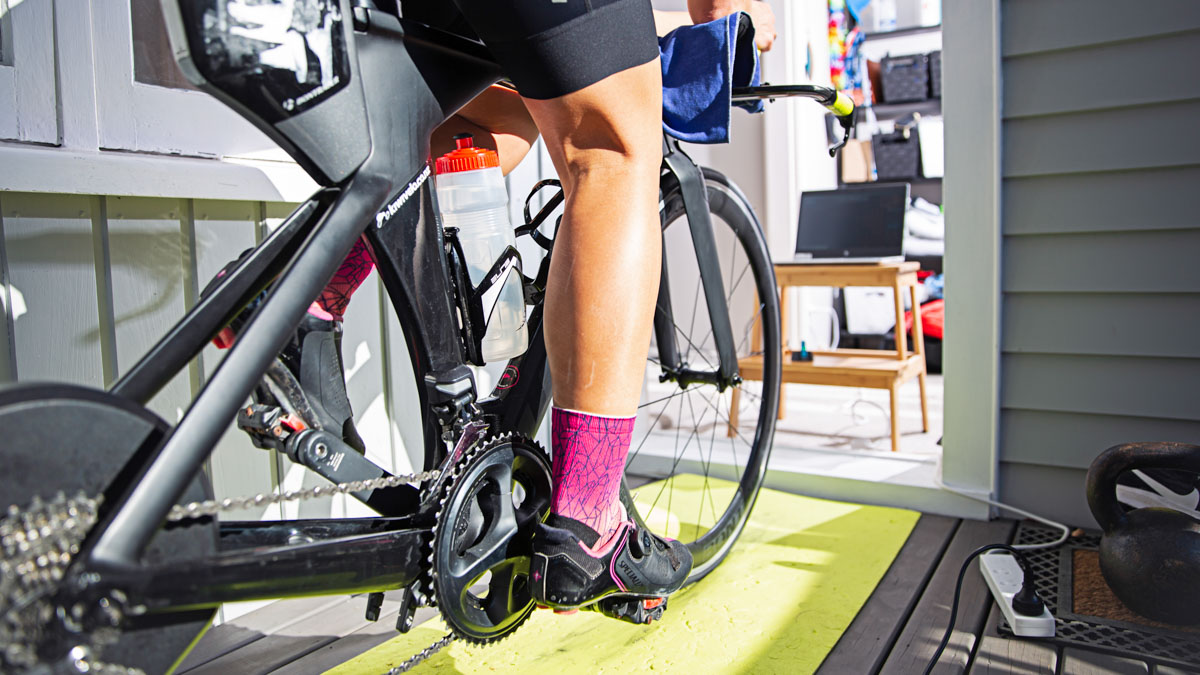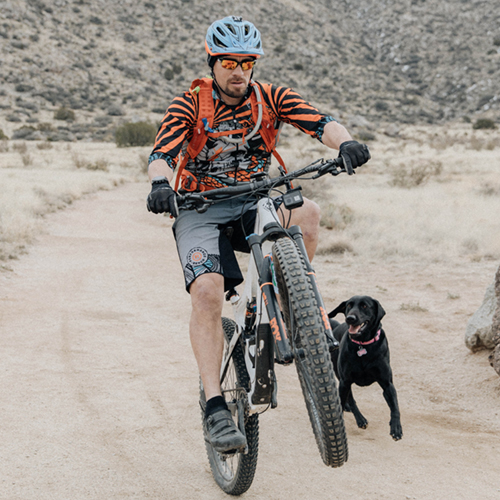As a coach, I get asked the following question a lot: “Should I do weights as part of my triathlon training program, or is it a waste of my time?” Since we’re all time-crunched when it comes to our training, it’s a fair question. But in my experience, incorporating some strength and conditioning (S&C) into your program can be the key to unlocking your real potential.
Benefits of Strength Training for Triathletes
If properly integrated into your training program, strength and conditioning can have some serious benefits in your triathlon development, namely:
- Reducing the risk of overuse injury
- Improving flexibility and balance
- Developing strong muscles that unlock power and speed on race day
- Helping across all three disciplines (e.g., stronger pull in the swim, more power on the bike, and sturdier running legs)
Muscles to Target
Let’s review the primary muscles you should be training for each discipline, and I’ll suggest some exercises that you can do to target them. Exercises labeled (G) will indicate gym-based options, and (H) indicates home-friendly options.
If figuring out how to integrate these exercises into your training program is a bit overwhelming, you can always find a strength-specific training plan that will help you structure your workouts. Here’s one tailored to triathletes that you can use in conjunction with any training plan:
8 Week Triathlon-Specific Strength and Conditioning Plan
Swimming Muscles and Suggested Exercises
- Pectoral Muscles: used in pull part of swim stroke
- (G) Bench press
- (H) Push-ups
- Biceps: used in pull part of swim stroke
- (G) Barbell curl
- (H) Chin-ups
- Triceps: used in push part of swim stroke
- (G) Tricep extension
- (H) Bench dip
- Lats: used in pull and push part of swim stroke
- (G) Lat pulldowns
- (H) Chin-ups
- Shoulders: strong, healthy shoulders are key to preventing swim injures
- (G) Lateral dumbbell raise
- (H) Dumbbell pullover
Cycling Muscles and Suggested Exercises
- Hamstrings: boost pull-through for both cycling and running
- (G) Leg curls
- (H) Kettlebell or dumbbell swings
- Glutes: generate power/leg drive
- (G) Squats
- (H) Bridges
- Quads: used in push part of pedal stroke
- (G) Leg Press
- (H) Step-ups
- Calves: used in pull part of pedal stroke
- (G) Weighted calf raises
- (H) Calf Raises
Running Muscles and Suggested Exercises
- Hamstrings: boost pull-through for both running and cycling
- (G) Leg curls
- (H) Kettlebell swings
- Glutes: generates power/leg drive
- (G) Squats
- (H) Bridges
- Calves: help push off when running
- (G) Weighted calf raises
- (H) Calf Raises
Core-Specific Muscles and Suggested Exercises
These are key for injury prevention.
- Pectoral Muscles
- (G) Bench press
- (H) Push-ups
- Obliques
- (H) Side plank
- Abdominals
- (H) Sit-ups and plank
Key Principles When Incorporating S&C Into Your Program
Learn Proper Technique
Get an expert coach or an instructor in your gym to observe you and correct your form from the very beginning. Or, watch very carefully on YouTube!
Build Up Slowly
At the start, you may only be strong enough for bodyweight exercises or light weights. Park the ego, accept it, and allow your muscle strength to develop over time.
Work on Imbalances
You will notice certain muscles will be weaker than others. Don’t shy away from them; instead, train your weakness.
Plan for Short, Regular Sessions
A 20- or 30-minute strength session before or after a swim set is more likely to happen than an hour-long trip to the gym. The former will allow for more consistency and thus will have a bigger impact in the long run!









